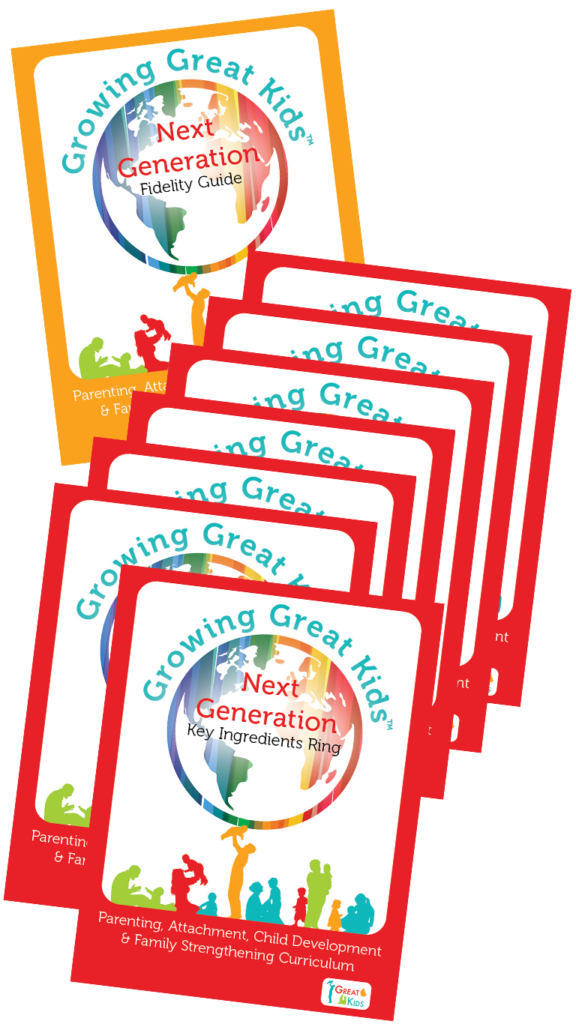Pregnancy is a natural state that is usually experienced as a happy, healthy, and exciting time for expecting parents. Undoubtedly, it is also a period of significant changes in parents’ physical, emotional, mental, and even financial lifestyles as they adapt to meet the needs of a new baby. These adjustments, along with the typical hormonal changes that a mother-to-be experiences may trigger both major and minor depressive symptoms, beginning during prenatally and lasting up to twelve months post-birth. Research has informed us that fathers-to-be may also experience depression prenatally and postnatally. However, distinguishing between symptoms of depression and normal responses to stressful experiences of pregnancy can be challenging for parents and their home visitors. Additionally, parents often find themselves feeling embarrassed or shy about openly expressing their feelings of sadness or anxiety during pregnancy or right after birth due to fear of being judged. Let’s spend some time exploring the benefits of supporting your program families to enhance their understanding of pre-natal and post-partum depression. We’ll also review some strategies for encouraging them to seek treatment as needed.
According to Tiffany Field, the interaction disturbances of depressed parents and their infants appear to be universal. Regardless of culture or socioeconomic status groups, depressed mothers exhibit less sensitivity and responsivity in their relationships with their babies. In her study, Field indicated that the caregiving activities that get compromised by postpartum depression across all cultures include feeding practices, most especially breastfeeding, sleep routines, well-child visits, vaccinations, and safety practices (Field, 2010). This tells us that there is a great risk to child development when a parent experiences prenatal and/or postnatal depression.
There is extensive research on the effects of maternal depression on both parents and children. Some of the effects on parents include failure to respond to infant cues and signals, emotional and physical disconnection from the infant. Parents engage less in vocalization, smiling, imitation, eye contact, and in general, there appears to be lack of feelings of joy toward the infant. Their interactions tend to be overly intrusive or under-stimulating, and in extreme situations there is fear of harming or actually harming the infant. The effects of maternal depression on the developing baby include a higher risk of low-term births, lower birth weight babies, higher risks for developmental delays especially in language and motor domains, excessive crying, challenges in adapting to sleep routines, failure to thrive and general feeding problems, among many other risks (Field, 2010)
When parents are depressed, they are unable to be emotionally available to their infant’s physical, emotional, and intellectual stimulation needs. When parents do not receive professional support to treat prenatal and/or postnatal depression, the long-term effects of detached parent-child interactions can give rise to insecure attachments. When young children experience insecure attachments, they display fear, distrust, anxiety, distress, and long-term adverse effects on their brain development, behavioral problems, and relationship challenges (Center for the Study of Social Policy, 2015).
Unfortunately, many expecting parents who recognize they might be experiencing symptoms of prenatal/postnatal depression may be unwilling to express openly their feelings due to fear of being judged as not being good parents. Some parents go through this phase hoping that the symptoms will soon pass. As home visitors, our role is to create opportunities for parents to feel safe sharing their feelings in a nonjudgmental environment.
Growing Great Kids Prenatal (GGK) and the Growing Great Families (GGF) curriculum manuals provide a variety of conversation guides to support parents’ increased understanding of depression and its effects, contributors and also indicators of depression. The introduction of modules and tools, aimed at assisting parents in reducing their stress are also valuable resources. These modules are designed to help parents create awareness of their personal strengths and how they can use them to find solutions to the challenging circumstances they are facing. Check out the following modules…
Growing Great Kids Prenatal Modules:
Unit 2:
- Module 3: Prenatal Depression in Moms and Dads is Not Uncommon
- Module 9: Dads’ Module 3: Driver’s Course for Dads
Unit 4:
- Module 2: Power Down Stress…Power Up HappinessaH
Growing Great Families Modules:
Unit 2:
- Module 1: Protecting Your Children From Toxic Stress
- Module 2: Sizing Up Your Strengths… Reducing Stress
- Module 3: Becoming Your Own Personal Coach
- Module 6: Communicating Effectively…It’s More Than Texting/Talking
- Module 7: The Power of Appreciation
- Module 8: Problem Talk…A Problem Solving Skill
- Module 9: Growing Your Support Network: Strengthening Protective Buffers
GGK is unique in that it provides conversation guides for home visitors and parents to engage in meaningful discussions and activities aimed at growing secure attachments both prenatally and post-birth. These discussions often result in parents feeling less stressed, more positive and hopeful, and more empowered to be open about sharing their feelings and potential risks for depression. When this occurs, home visitors have the opportunity to assess their needs and connect parents with professional support. Supporting families in this way allows them to create the life they want for themselves and their children. Let’s capture this critical window of opportunity!
Works Cited:
Field, T. (2010). Postpartum Depression Effects on Early Interactions, Parenting, and Safety Practices: A Review. Infant Behavior & Development, 33(1), 1. http://doi.org/10.1016/j.infbeh.2009.10.005
Field, T. (2010). Prenatal Depression Effects on Early Development: A Review. Infant Behavior & Development, 34(2011), 1-14. http://dx.doi.org/10.1016/j.infbeh.2010.09.008
Center for the Study of Social Policy (2015). Strengthening Families: A Protective Factors Framework. 1575 Eye Street N.W., Suite 500, Washington, DC 20005. cssp.org. strengtheningfamilies.net
http://www.cssp.org/reform/strengtheningfamilies/about/protective-factors-framework


